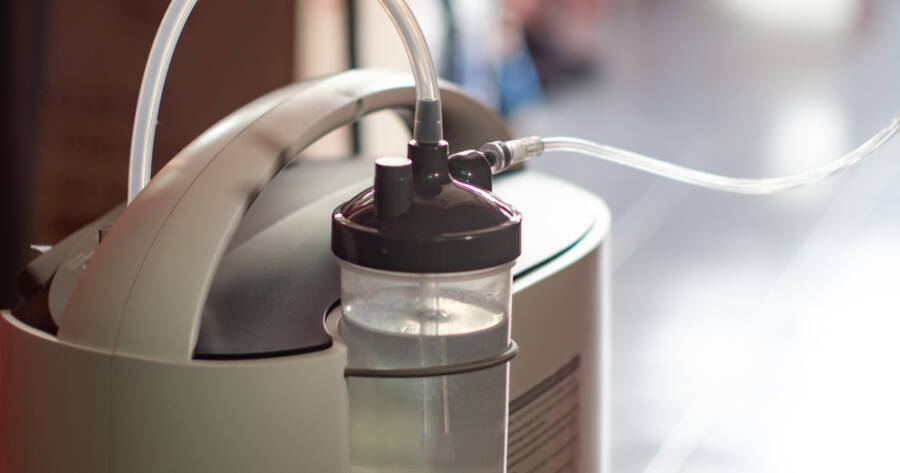Portable oxygen concentrators are a lifeline for individuals with conditions like COPD and asthma, offering crucial mobility-enhancing oxygen therapy. Covered under Medicare Part B, the devices are obtained through a manageable rental framework necessitating a doctor’s certification of medical necessity. Delve into eligibility requirements, cost considerations, and the rental versus purchase debate for optimal patient care.
The Best Portable Oxygen Concentrators Covered By Medicare
Portable oxygen concentrators are essential for individuals with respiratory conditions like chronic obstructive pulmonary disease (COPD) and asthma, who require continuous access to oxygen. Medicare Part B, acknowledging their importance, covers these devices as durable medical equipment (DME).
Coverage under Medicare requires a doctor’s certification deeming the oxygen therapy as “reasonable and necessary,” often validated by certain testing results such as a blood gas study demonstrating its necessity. This inclusion allows patients to receive oxygen conducive to their health needs while maintaining mobility.
Eligibility and Costs
To qualify for Medicare’s coverage of portable oxygen concentrators, beneficiaries typically need to demonstrate their ability to move around their home and show medical necessity through documentation like a qualifying blood gas study performed while active. Medicare Part B covers the cost of oxygen therapy, but patients must manage a 20% coinsurance after the deductible, integrating the cost as part of a monthly rental agreement that spans several years.
This rental agreement covers both stationary and portable oxygen concentrators, including required accessories and maintenance services. The initial rental period under Medicare is set at 36 months, during which the supplier provides routine maintenance, repairs, and necessary accessory replacements without additional cost. Even after this period, Medicare continues to support the device’s usage, ensuring coverage for an additional 24 months should the medical need persist, reaching a total 5-year span.
Understanding Portable Oxygen Concentrators
Portable oxygen concentrators (POCs) offer substantial benefits over traditional oxygen tanks, delivering medical-grade oxygen without the need for a tank refill. POCs work by extracting oxygen from the surrounding air, supplying either continuous or pulse-dosed oxygen depending on the user’s medical requirements providing consistency in oxygen therapy. This enhances the user’s mobility and autonomy, particularly when navigating daily activities.
Despite the advantages, Medicare typically does not reimburse for the purchase of portable oxygen concentrators outright; these are often acquired via long-term rental agreements making them more accessible for patients who might otherwise face prohibitive costs. Some beneficiaries might choose to purchase their POCs, leveraging supplemental insurance or personal finances, when seeking more permanent solutions.
Rental and Purchase Considerations
Individuals opting to purchase POCs should verify their purchase through accredited dealers, ensuring the equipment meets necessary medical standards and includes a warranty. Typical costs for new POCs range from $1,800 to $4,500, while used models start at approximately $995 guided by budgetary considerations. For those unable to pay outright, financing options are often available through sources like PayPal Credit, offering deferred payment plans.
It’s important for Medicare beneficiaries to note that while direct purchasing may sometimes result in reimbursements, the overarching cost-benefit ratio of renting versus buying a POC can often vary based on individual circumstances. Evaluation of each option should consider both immediate patient needs and long-term financial implications, ensuring that individuals receive cost-effective, quality care.
Why You Should Learn More About Portable Oxygen Concentrators Today
Understanding Medicare’s coverage options for portable oxygen concentrators is vital for those with respiratory conditions needing reliable oxygen therapy. These devices offer increased independence and improved quality of life, aligning well with the necessities of patients requiring oxygen for mobility and activity.
Exploring the nuances of rental agreements, eligibilities, and financial pathways enables individuals to make informed decisions about their healthcare. Learning more empowers them to navigate these complex medical needs effectively while maximizing Medicare benefits.

